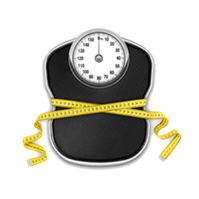Weight loss occurs when the body burns more calories than it takes in. This can be achieved through a combination of diet, exercise, and lifestyle changes.
Diet plays a significant role in weight loss. To lose weight, you must create a calorie deficit by eating fewer calories than your body burns. This can be achieved by eating a diet that is low in calorie-dense foods, such as processed snacks, sugary drinks, and fast food. Instead, focus on eating nutrient-dense foods, such as fruits, vegetables, lean proteins, and whole grains.
Exercise is also an important aspect of weight loss. Regular physical activity can help increase the number of calories your body burns, leading to weight loss. A combination of cardio and strength training is ideal for weight loss. Aerobic exercise, such as running or cycling, can help burn calories and improve cardiovascular health. Strength training, such as weightlifting, can help build lean muscle mass, which can increase metabolism and aid in weight loss.
Lifestyle changes can also play a role in weight loss. Getting enough sleep, managing stress, and avoiding smoking and excessive alcohol consumption can all help support weight loss.
It’s important to remember that weight loss is not a one-size-fits-all process. The rate at which you lose weight will depend on factors such as your starting weight, diet, exercise routine, and genetics. A healthy rate of weight loss is typically considered to be 1-2 pounds per week.
In summary, weight loss occurs when the body burns more calories than it takes in. This can be achieved through a combination of diet, exercise and lifestyle changes. A healthy diet, regular physical activity, and support for healthy habits will set you on the path to weight loss. Consult a healthcare professional before starting a weight loss program.







